- Cat.No. Product Name Information
-
GC26485
Magnesium sulfate heptahydrate, AR, 99.0%
Magnesium(II), sulfate, heptahydrate
Magnesium sulfate heptahydrate is used as a source of magnesium for foliar fertilization of plants.

-
GC26484
Phosphoric acid (sodium hydrate), ≥99.0%
Sodium phosphate dihydrate,≥99.0%
Sodium dihydrogen phosphate, also known as sodium dihydrogen phosphate, is a chemical reagent with high buffering capacity used in the preparation of biological buffer solutions.

-
GC39800
2BAct
2BAct is a highly selective, and orally active eIF2B (eukaryotic initiation factor 2B) activator with an EC50 of 33 nM.
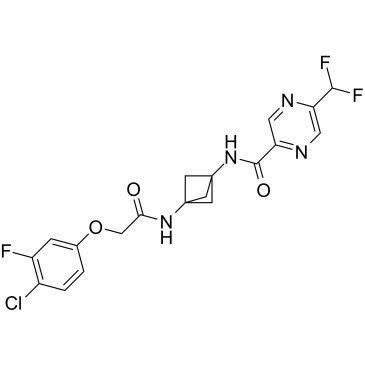
-
GF17531
8-Epixanthatin

-
GC19125
DiZPK Hydrochloride
DiZPK Hydrochloride is a photoreactive lysine analog containing a photoactivated diaziridine functional group that can act as a photocrosslinker to promote protein-protein interactions in prokaryotic and eukaryotic cells.
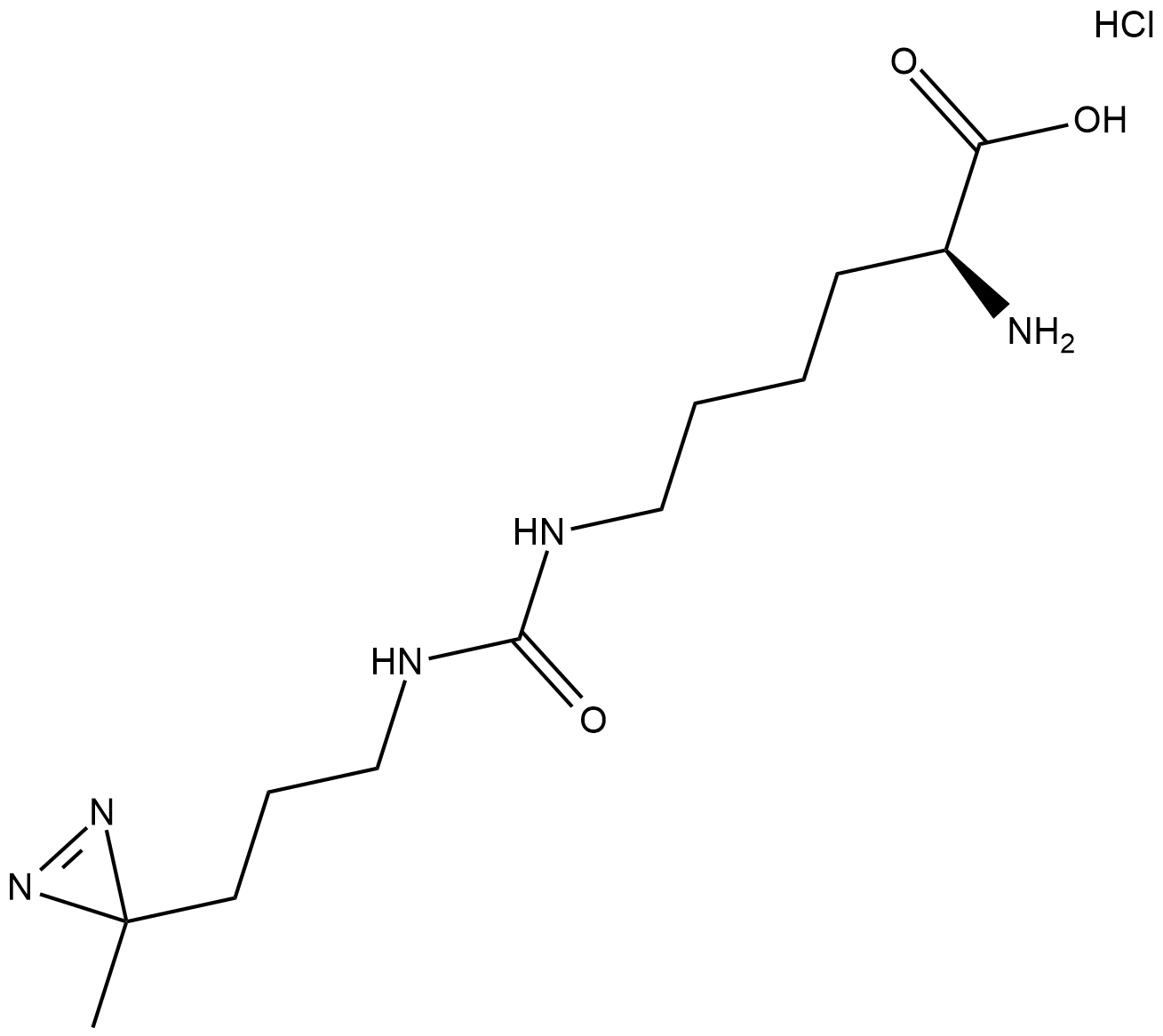
-
GC14292
Apatinib Mesylate
YN968D1
Apatinib blocks the downstream signal transduction of VEGF pathway to inhibit neovascularization.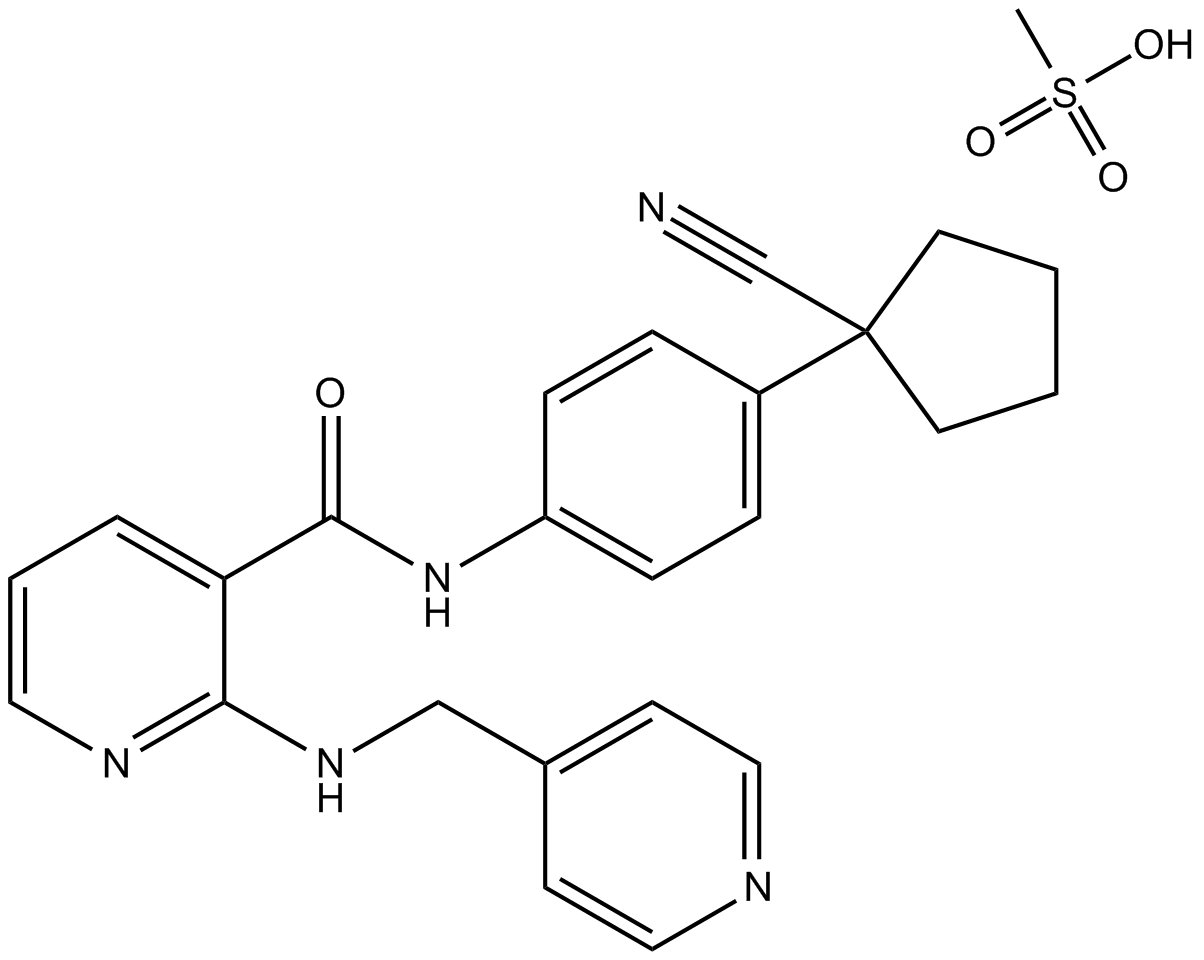
-
GC39784
DMG-PEG 2000
1,2-Dimyristoyl-rac-glycero-3-methoxypolyethylene glycol-2000
DMG-PEG 2000 is a component for the liposome for siRNA delivery, and improved transfection efficiency in vitro.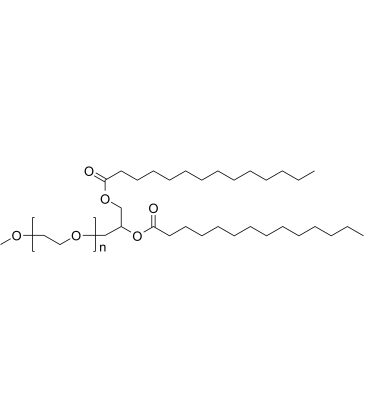
-
GC26483
Amphotericin B, Sterile
Amphotericin B, Sterile is derived from Streptomyces nodosus and is a polyene antifungal antibiotic that can bind to sterols on the fungal cell membrane, forming transmembrane channels that cause intracellular substances to leak out of the membrane, disrupting normal fungal metabolism and leading to death. It is used to inhibit fungal and yeast contamination.

-
GB52278
[2,2'-Bithiophene]-5,5'-dicarboxylicacid
![[2,2'-Bithiophene]-5,5'-dicarboxylicacid Chemical Structure [2,2'-Bithiophene]-5,5'-dicarboxylicacid Chemical Structure](/media/struct/GB5/GB52278.png)
-
GF30195
3-Hydroxyanthranilic Acid Hydrochloride

-
GC43903
Indoxyl Sulfate (potassium salt)
Indoxyl Sulfate (IS), also known as 3-indoxylsulfate and 3-indoxylsulfuric acid, is a metabolite of dietary L-tryptophan that acts as a cardiotoxin and uremic toxin[1].

-
GD07721
Chondroitin sulfate C sodium salt

-
GA10756
HOSu
HOSu
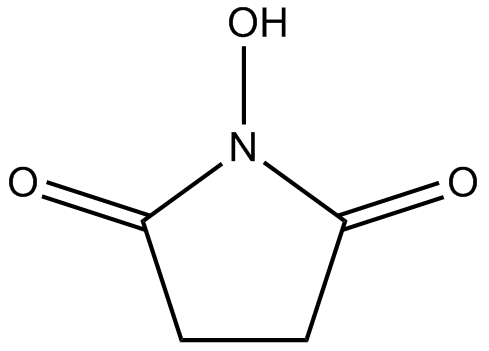
-
GC15461
Guanidinoethyl sulfonate
NSC 667063,Taurocyamine
competitive glycine receptor antagonist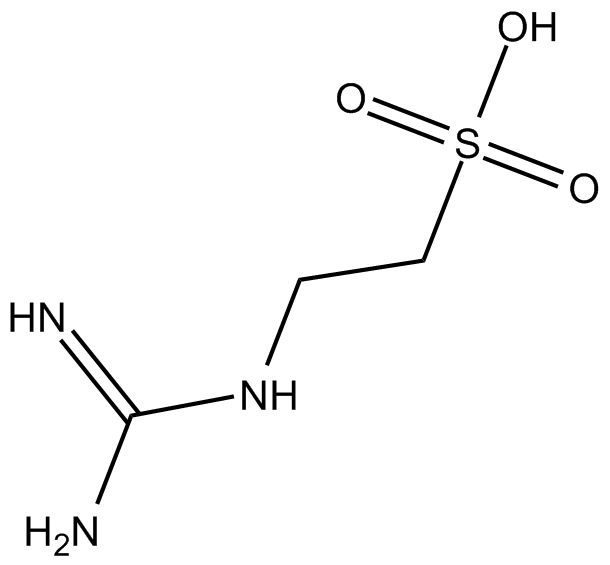
-
GC60295
Poloxamer 188
Poloxamer 188 (P188, vepoloxamer) is a triblock copolymer of the form polyethylene oxide-polypropylene oxide-polyethylene oxide (PEO-PPO-PEO).
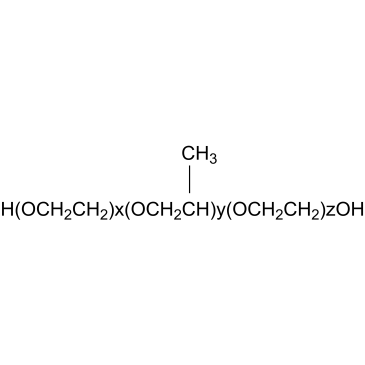
-
GC20242
Phenol
Phenol; Tris balanced phenol

-
GC12913
Acridine Orange hydrochloride
Cell and organelle membrane permeable nucleic acid binding dye
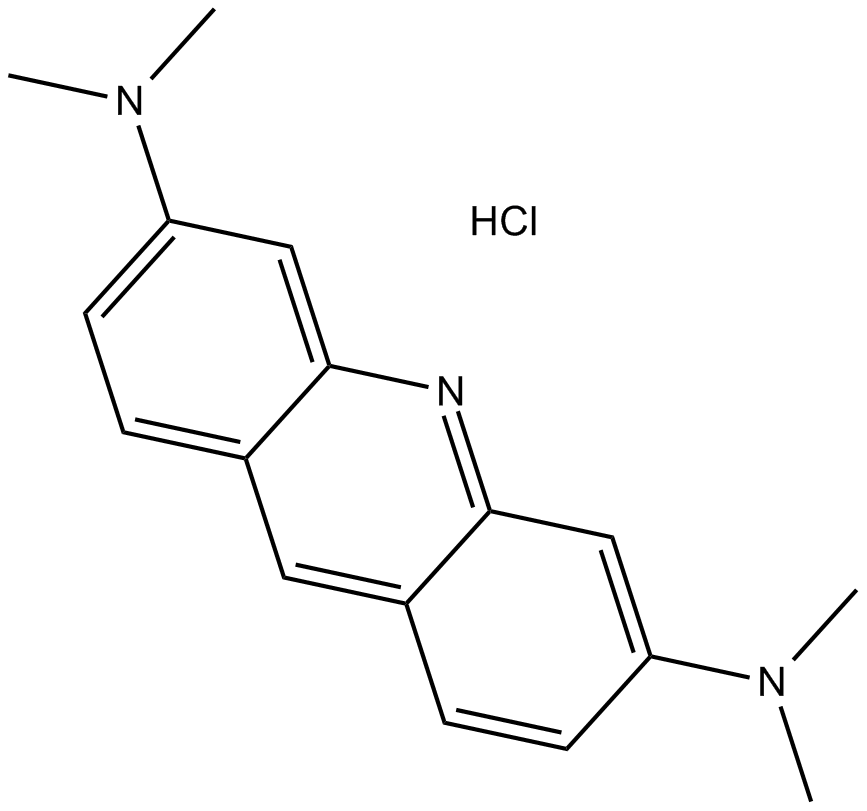
-
GC26482
BNN3
BNN3 is a caged nitric oxide (NO) donor. BNN3 is membrane-permeant and incorporated in the lipid membrane.

-
GC12979
Vitamin C
Ascorbate, NSC 33832, NSC 218455, Vitamin C
water soluble vitamin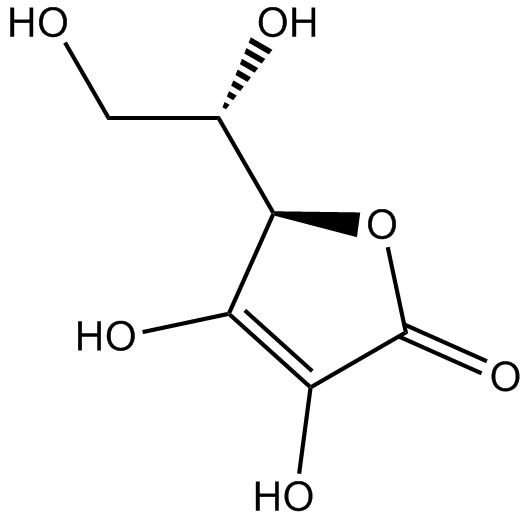
-
GC71812
α-2,6-Sialyltransferase, pasteurella multocida (P-1059)
alpha-2,6-Sialyltransferase (Pd26ST) (EC 2.4.99.1) is capable of sialylating both terminal and internal galactose and N-acetylgalactosamine, which producing terminal α2,6-sialosides.

-
GC65446
α-Amyrin acetate
α-Amyrin acetate, a natural triterpenoid, has anti-inflammatory activity, antispasmodic profile and the relaxant effect.
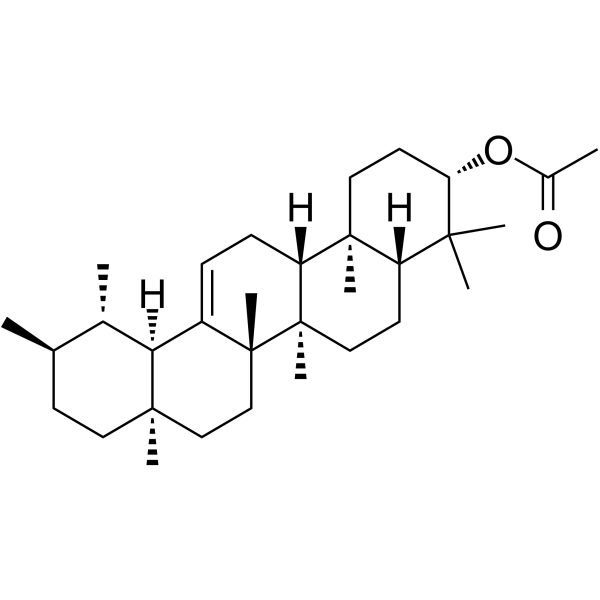
-
GC37976
α-Casein 90-95
α-Casein 90-95 is a peptide fragment of α-Casein.
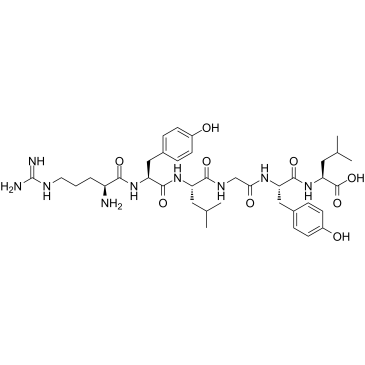
-
GC48278
α-D-Glucose-1,6-bisphosphate (potassium salt hydrate)
D-Glucose-1,6-diphosphate
A bis-phosphorylated derivative of α-D-glucose
-
GC45206
α-GalCer analog 8
α-Galactosylceramide analog 8
A triazole α-GalCer derivative
-
GC40302
α-hydroxy Tamoxifen
(E)-α-Hydroxy tamoxifen; α-OHTAM
A reactive metabolite of tamoxifen
-
GC37978
α-Neoendorphin 1-8
α-Neoendorphin 1-8 is a 8-amino acid peptide derived from the N-terminal of α-Neoendorphin.
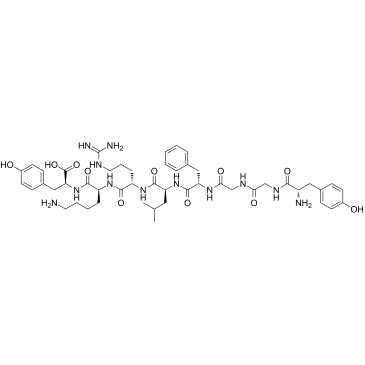
-
GC41499
α-Phellandrene
p-Mentha-1,5-diene, (±)-α-Phellandrene
A cyclic monoterpene with apoptotic activity
-
GC45215
α-Piperidinobutiophenone (hydrochloride)
α-PipBP
An Analytical Reference Standard
-
GC41501
α-Terpinene
p-Mentha-1,3-diene
A terpenoid with diverse biological activities
-
GC37979
α-Terpineol
A monoterpene alcohol with diverse biological activities
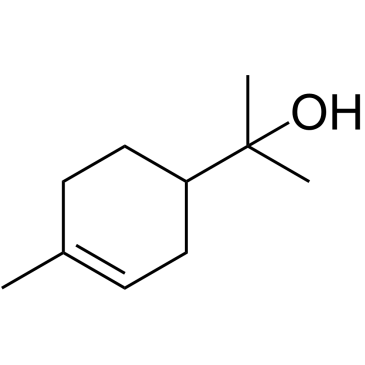
-
GC71810
β-1,4-Galactosyltransferase, neisseria meningitides
beta-1,4-Galactosyltransferase (LgtB) (EC 2.4.1.90) (B4GALT1 (LgtB)) is often used in biochemical studies.

-
GC72152
β-Amylase, Bacilus subtilis
β-Amylase, Bacilus subtilis has abundant starch degrading activities.

-
GC37985
β-Amyloid 11-22
β-Amyloid 11-22 is a peptide fragment of β-Amyloid.

-
GC38002
β-Casomorphin (1-5), amide, bovine
β-Casomorphin (1-5), amide, bovine is a peptide of bovine β-Casomorphin.
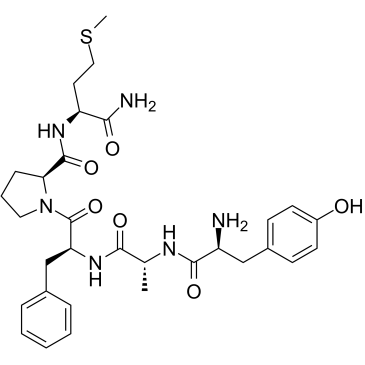
-
GC66870
β-D-Glucan
β-D-glucan is a natural non-digestible polysaccharide and high biocompatibility that can be selectively recognized by recognition receptors such as Dectin-1 and Toll-like receptors as well as being easily internalized by murine or human macrophages, which is likely to attribute to a target delivery. β-d-glucan is an enteric delivery vehicle for probiotics.
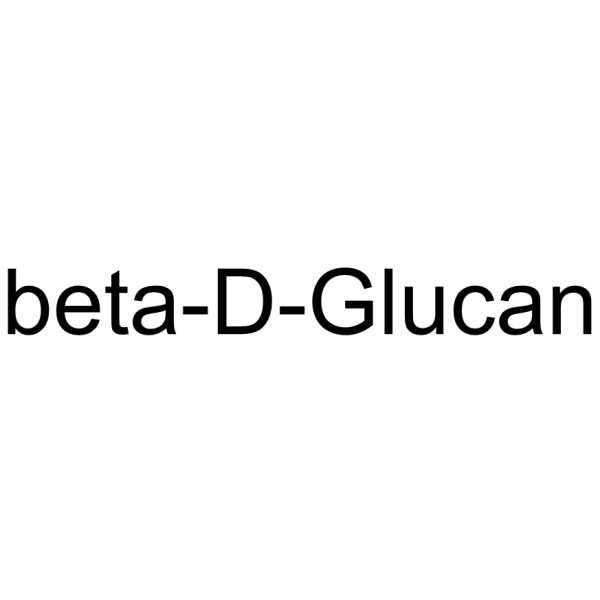
-
GC66750
β-D-glucuronide-pNP-carbonate
β-D-glucuronide-pNP-carbonate is a cleavable ADC linker used in the synthesis of antibody-drug conjugates (ADCs).
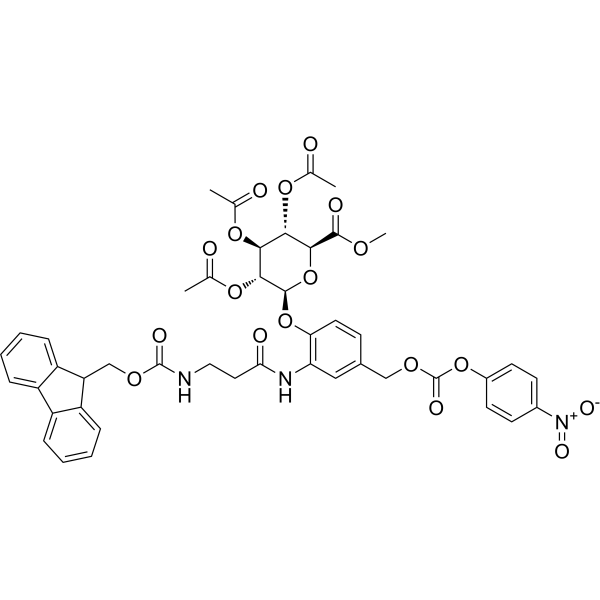
-
GC48745
β-methoxy 2C-B (hydrochloride)
An Analytical Reference Standard

-
GC48863
β-methoxy 2C-D (hydrochloride)
BOD
An Analytical Reference Standard
-
GC62053
γ-Globulins from human blood
γ-Globulins from human blood are a class of proteins in the blood.

-
GC65273
γ-Glutamyl-S-1-propenyl cysteine
γ-Glutamyl-S-1-propenyl cysteine is a compound isolated from garlic.

-
GC63681
γ-Glutamyl-S-allylcysteine
γ-Glutamyl-S-allylcysteine (L-γ-Glutamyl-(S)-Allyl-Cysteine) is a naturally occurring organosulfur compound found in garlic.

-
GC41503
γ-Terpinene
NSC 21448
γ-Terpinene is a monoterpene that has been found in various plants, including C.
-
GC41596
δ-CEHC
γTocopherol Metabolite, GTM, 2,7,8trimethyl2(βCarboxyEthyl)6Hydroxychroman
A major metabolite of δ-tocopherol
-
GC66048
δ-Secretase inhibitor 11
δ-Secretase inhibitor 11 (compound 11) is an orally active, potent, BBB-penetrated, non-toxic, selective and specific δ-secretase inhibitor, with an IC50 of 0.7 μM. δ-Secretase inhibitor 11 interacts with both the active site and allosteric site of δ-secretase. δ-Secretase inhibitor 11 attenuates tau and APP (amyloid precursor protein) cleavage. δ-Secretase inhibitor 11 ameliorates synaptic dysfunction and cognitive impairments in tau P301S and 5XFAD transgenic mouse models. δ-Secretase inhibitor 11 can be used for Alzheimer's disease research.
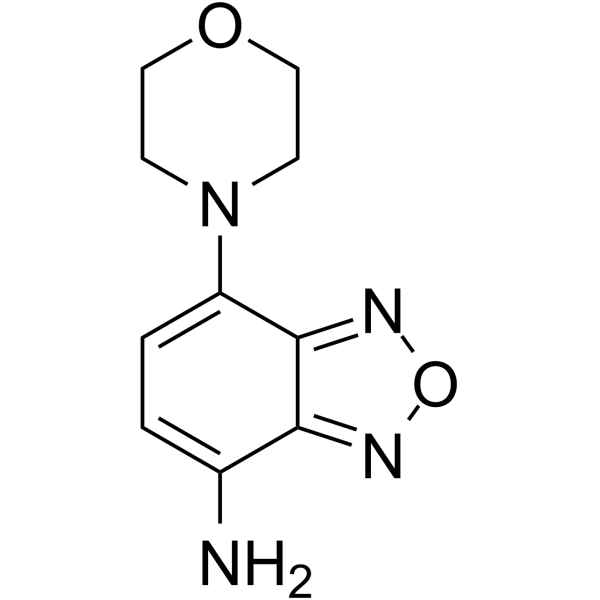
-
GC41109
δ12-Prostaglandin J2
Δ12PGJ2
δ12-Prostaglandin J2 (δ12-PGJ2) is a cyclopentenone prostaglandin (PG) with anti-proliferative effect on various tumor cell growth. δ12-Prostaglandin J2, a naturally occurring dehydration product of prostaglandin D2, is able to induce apoptosis in HeLa cells via caspase activation.
-
GC40734
δ2-cis Eicosenoic Acid
An α,βunsaturated fatty acid

-
GC40308
δ2-trans-Hexadecenoic Acid
An intermediate in the βoxidation of palmitic acid

-
GC90374
δ9-THCQ
An Analytical Reference Standard

-
GC31977
α-2,3-sialyltransferase-IN-1
Lith-O-Asp analog
α-2,3-sialyltransferase-IN-1 (Lith-O-Asp analog) is a noncompetitive α-2,3-sialyltransferase inhibitor with an IC50 of 6 μM.
-
GC30203
α-Amylase
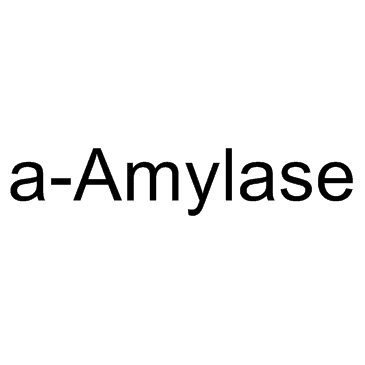
-
GC33505
β-Apo-13-carotenone D3 (D'Orenone D3)
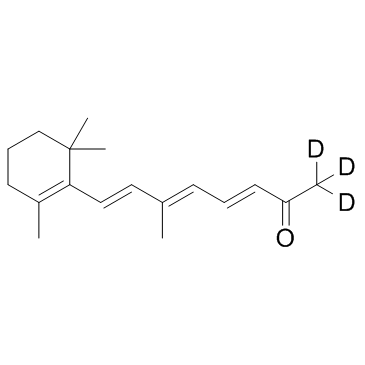
-
GC62084
Λ-Cyhalothrin
Λ-Cyhalothrin is a high efficiency, broad-spectrum type II synthetic pyrethroid insecticide containing α-cyano group.
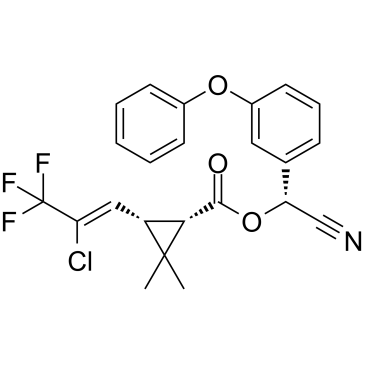
-
GC41661
(±)-4-hydroxy Propranolol β-D-Glucuronide
A metabolite of propranolol

-
GC52260
(±)-Cenobamate
An Analytical Reference Standard

-
GC60394
(±)-Duloxetine hydrochloride
(Rac)-Duloxetine hydrochloride
(±)-Duloxetine ((Rac)-Duloxetine) hydrochloride is the racemate of Duloxetine hydrochloride.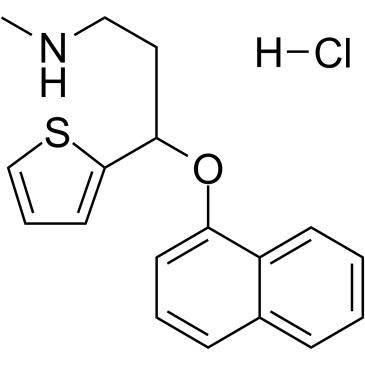
-
GC16735
(±)-McN 5652
5-HT uptake inhibitor
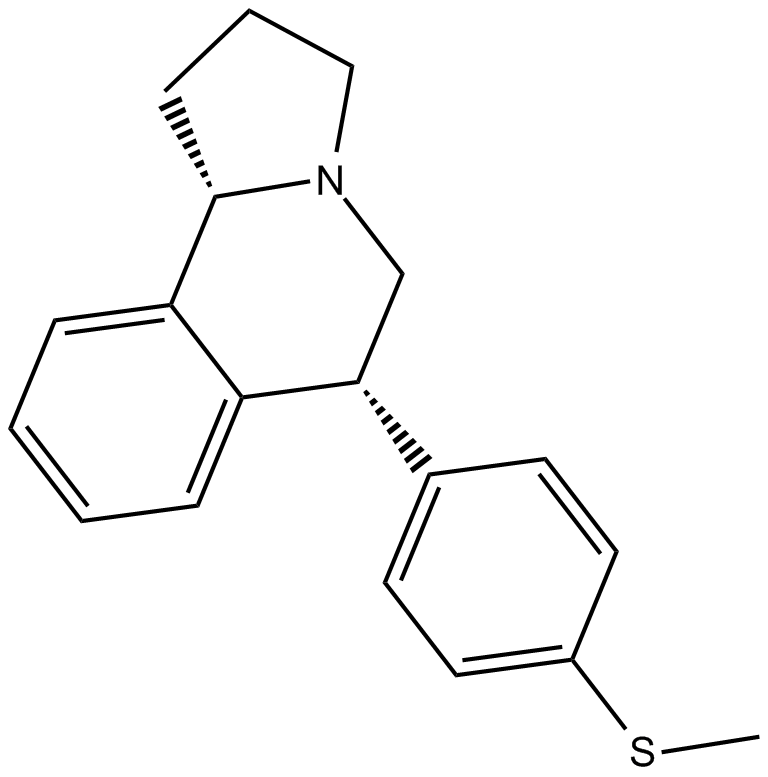
-
GC40954
(±)-N-3-Benzylnirvanol
(S)-N-3-benzyl Nirvanol
(±)-N-3-Benzylnirvanol is a racemic mixture of (+)-N-3-benzylnirvanol and (-)-N-3-benzylnirvanol.
-
GC49875
(±)-N-desmethyl Venlafaxine (hydrochloride)
Wy 45494
A minor active metabolite of venlafaxine
-
GC46303
(±)-Naproxen-d3
DL-Naproxen-d3
An internal standard for the quantification of naproxen
-
GC41677
(±)-SDZ-201 106
DPI 201-106
A sodium channel opener
-
GC41212
(±)10(11)-EpDPA
(±)10,11-EDP, (±)10,11-EpDPE, (±)10,11-epoxy DPA, (±)10,11-epoxy Docosapentaenoic Acid
A DHA epoxygenase metabolite
-
GC41213
(±)10-HDHA
10hydroxy Docosahexaenoic Acid, (±)10HDoHE
(±)10-HDHA is an autoxidation product of docosahexaenoic acid (DHA) in vitro.

-
GC41143
(±)11,12-DiHETE
An EPA metabolite

-
GC41214
(±)11-HDHA
11hydroxy Docosahexaenoic Acid, (±)11-HDoHE
(±)11-HDHA is an autoxidation product of docosahexaenoic acid (DHA) in vitro.
-
GC40387
(±)11-HEPE
(±)11-HEPE is produced by non-enzymatic oxidation of eicosapentaenoic acid.

-
GC41191
(±)13(14)-EpDPA
(±)13,14-EDP, (±)13,14-EpDPE, (±)13,14-epoxy DPA, (±)13,14-epoxy Docosapentaenoic Acid
A DHA epoxygenase metabolite
-
GC91066
(±)13,14-DiHDoTrE
An oxylipin

-
GC41192
(±)13-HDHA
13hydroxy Docosahexaenoic Acid, (±)13-HDoHE
(±)13-HDHA is an autoxidation product of docosahexaenoic acid (DHA) in vitro.
-
GC41193
(±)14-HDHA
14hydroxy Docosahexaenoic Acid, (±)14-HDoHE
(±)14-HDHA is an autoxidation product of docosahexaenoic acid (DHA) in vitro.
-
GC40361
(±)15-HEPE
(±)15-hydroxy Eicosapentaenoic Acid
(±)15-HEPE is produced by non-enzymatic oxidation of EPA.

-
GC41196
(±)16-HDHA
16hydroxy Docosahexaenoic Acid, (±)16-HDoHE
(±)16-HDHA is an autoxidation product of docosahexaenoic acid (DHA) in vitro.
-
GC41197
(±)17-HDHA
17-hydroxy Docosahexaenoic Acid, 17-hydroxy DHA, (±)17-HDoHE
(±)17-HDHA is an autoxidation product of docosahexaenoic acid in vitro.
-
GC41198
(±)17-HDHA MaxSpec® Standard
17-hydroxy Docosahexaenoic Acid, 17-hydroxy DHA, (±)17-HDoHE
(±)17-HDHA is an autoxidation product of docosahexaenoic acid in vitro.
-
GC41656
(±)2-(14,15-Epoxyeicosatrienoyl) Glycerol
(±)214,15EG
A cytochrome P450 metabolite of 2AG
-
GC41201
(±)4(5)-DiHDPA lactone
A lactone derived from DHA

-
GC41202
(±)4-HDHA
4hydroxy Docosahexaenoic Acid, (±)4HDoHE
(±)4-HDHA is an autoxidation product of docosahexaenoic acid (DHA) in vitro.
-
GC41119
(±)5(6)-DiHETE
Possible metabolite of EPA

-
GC40438
(±)5(6)-EET
(±)5,6EpETrE
A racemic version of a CYP450 metabolite of arachidonic acid
-
GC40364
(±)5-HEPE
(±)5-HEPE is produced by non-enzymatic oxidation of EPA.

-
GC46263
(±)5-iPF2α-VI-d11
An internal standard for the quantification of (±)5iPF2αVI
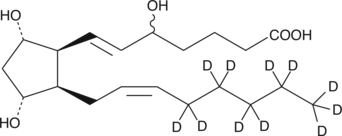
-
GC41203
(±)7(8)-EpDPA
(±)7,8-EDP, (±)7,8-EpDPE, (±)7,8-epoxy DPA, (±)7,8-epoxy Docosapentaenoic Acid
A DHA epoxygenase metabolite
-
GC41204
(±)7-HDHA
7hydroxy Docosahexaenoic Acid, (±)7HDoHE
(±)7-HDHA is an autoxidation product of docosahexaenoic acid (DHA) in vitro.

-
GC40365
(±)8(9)-EpETE
(±)8,9-EEQ, (±)8,9-epoxy Eicosatetraenoic Acid
Epoxygenase metabolite of EPA
-
GC41120
(±)8,9-DiHETE
(±)8,9-DiHETE is a major metabolite of the 20:5 ω-3 fatty acid eicosapentaenoic acid.

-
GC41205
(±)8-HDHA
8hydroxy Docosahexaenoic Acid, (±)8HDoHE
(±)8-HDHA is an autoxidation product of docosahexaenoic acid (DHA) in vitro.
-
GC40366
(±)8-HEPE
(±)8-HEPE is produced by non-enzymatic oxidation of EPA.

-
GC40541
(±)9-HODE
A monohydroxy fatty acid derived from linoleic acid

-
GC66672
((4'-Chloro-[1,1'-biphenyl]-4-yl)sulfonyl)glycine
((4'-Chloro-[1,1'-biphenyl]-4-yl)sulfonyl)glycine is a synthetic amino acid.
![((4'-Chloro-[1,1'-biphenyl]-4-yl)sulfonyl)glycine Chemical Structure ((4'-Chloro-[1,1'-biphenyl]-4-yl)sulfonyl)glycine Chemical Structure](/media/struct/GC6/GC66672.png)
-
GC45254
(+)-2,5-epi Goniothalesdiol
Goniothalesdiol, isolated from the bark of the Malaysian tree G.
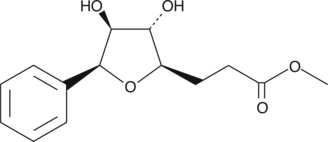
-
GC13156
(+)-AJ 76 hydrochloride
Dopamine receptor antagonist
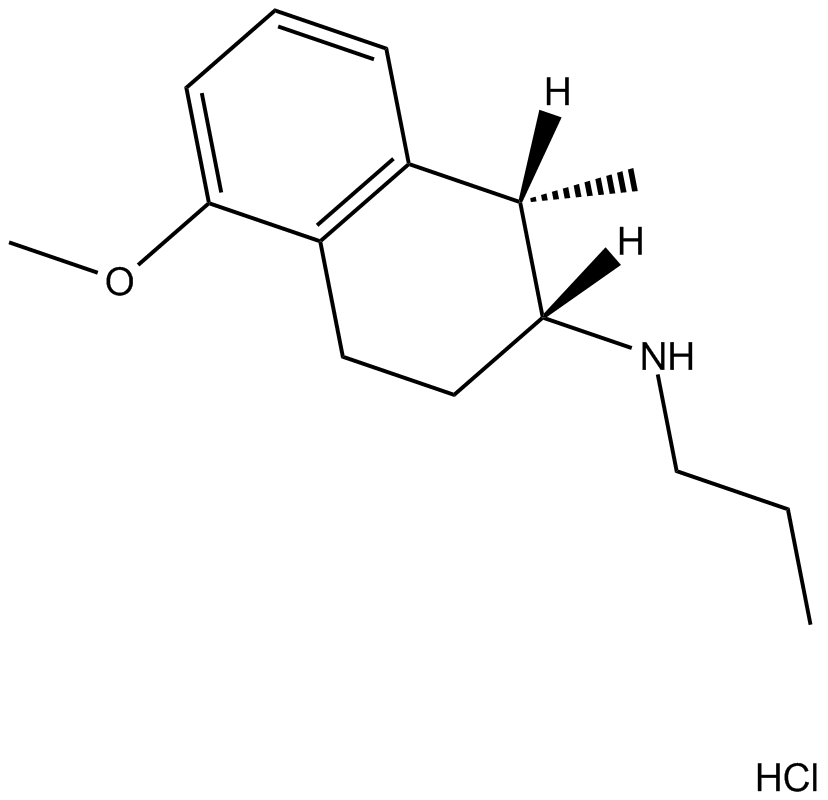
-
GC45273
(+)-Chloropseudoephedrine (hydrochloride)
An Analytical Reference Standard

-
GC40280
(+)-Gallocatechin
NSC 674038
A polyphenol and flavonoid with diverse biological activities
-
GC50048
(+/-)-PPCC oxalate
Selective sigma (σ) agonist (σ1> σ2)
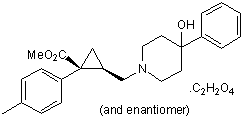
-
GC50015
(-)-5'-DMH-CBD
Metabolically stable anandamide transport inhibitor
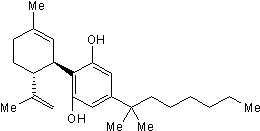
-
GC18550
(-)-Altenuene
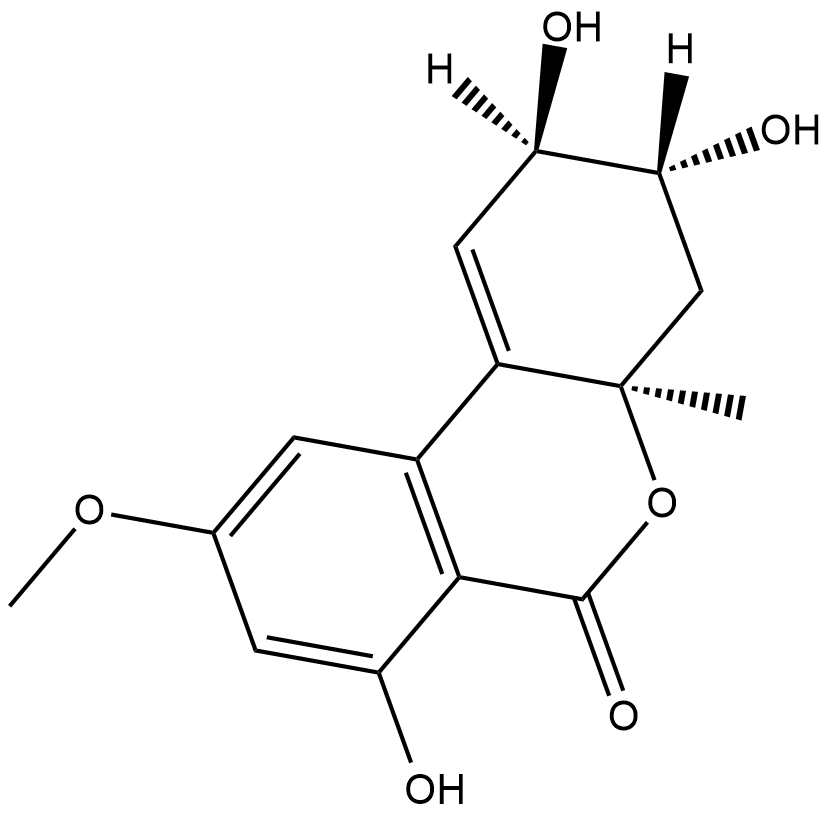
-
GC45246
(-)-Chaetominine
(-)-Chaetominine
(-)-Chaetominine is a cytotoxic alkaloid originally isolated from Chaetomium sp.
-
GC18343
(-)-CP 55,940
An Analytical Reference Standard
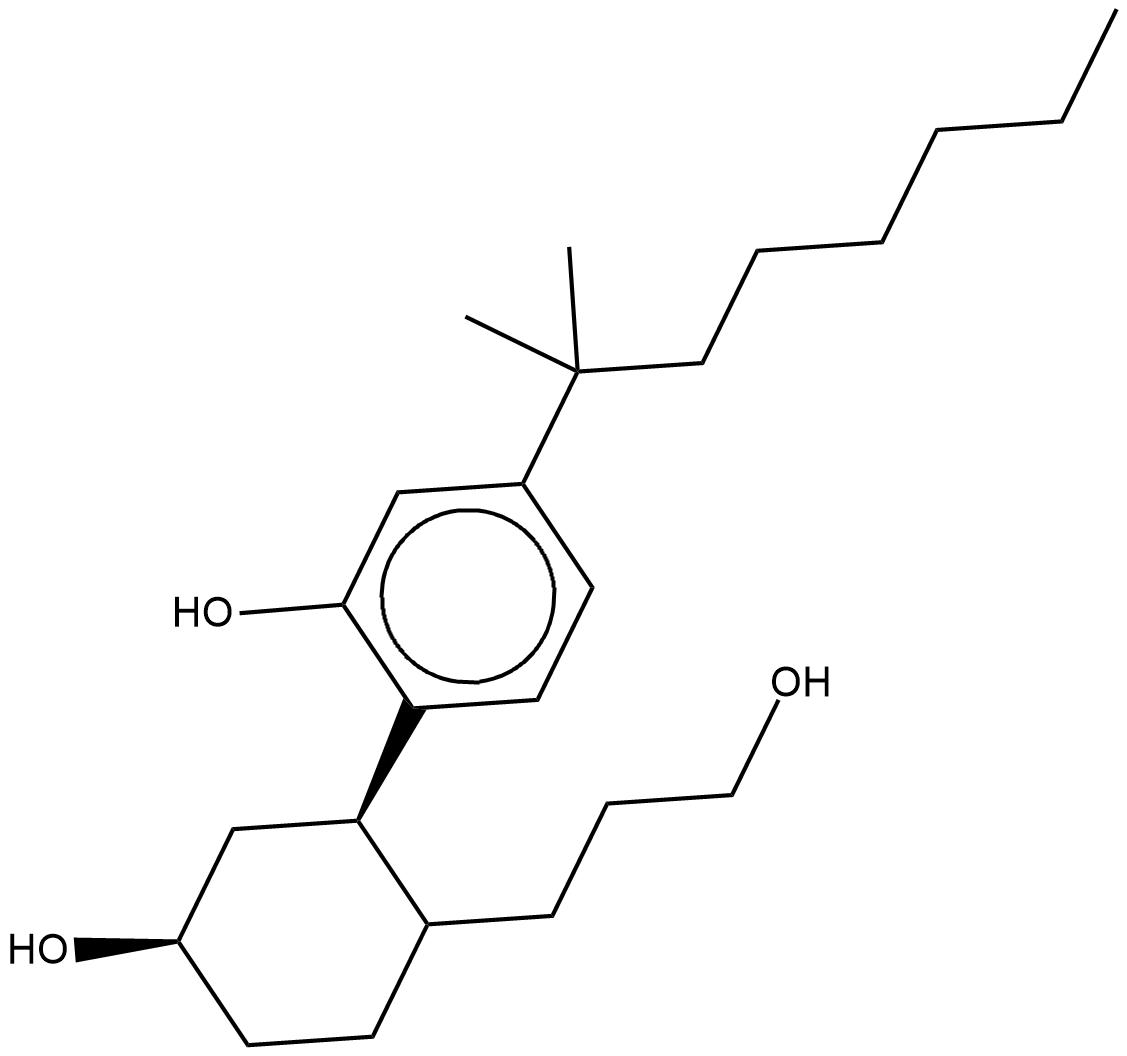
-
GC63940
(-)-Denudatin B
(-)-Denudatin B is an antiplatelet agent.

-
GC17242
(-)-epigallocatechin
(-)EGC, epi-Gallocatechin, NSC 674039
green tea epicatechin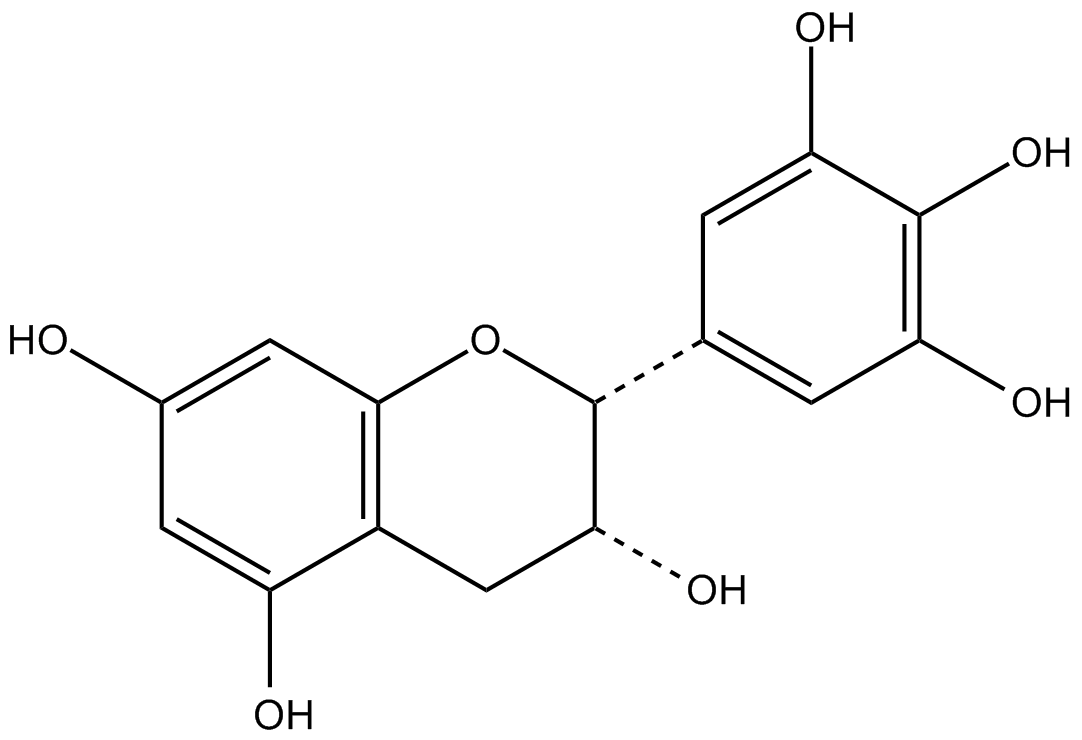
-
GC38331
(-)-Epigallocatechin-3-(3''-O-methyl) gallate
(-)-Epigallocatechin-3-(3''-O-methyl) gallate is a natural product isolated from the tea leaf, with strong antioxidative activity. (-)-Epigallocatechin-3-(3''-O-methyl) gallate has a strong cytotoxic activity for rat cancer cells.
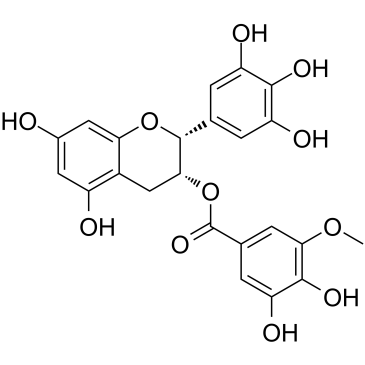
- GlpBio - Master of Small Molecules | Compounds - Peptides - Kits.
- Login | Register
- sales@glpbio.com
- (909) 407-4943
-
LanguageEN - English
-
Research Areas
-
Signaling Pathways
- Proteases
- Apoptosis
- Chromatin/Epigenetics
- Metabolism
- MAPK Signaling
- Tyrosine Kinase
- DNA Damage/DNA Repair
- PI3K/Akt/mTOR Signaling
- Microbiology & Virology
- Cell Cycle/Checkpoint
- Ubiquitination/ Proteasome
- JAK/STAT Signaling
- TGF-β / Smad Signaling
- Angiogenesis
- GPCR/G protein
- Stem Cell
- Cancer Biology
- Endocrinology and Hormones
- Immunology/Inflammation
- Neuroscience
- Membrane Transporter/Ion Channel
- Other Signal Transduction
- Product Type
-
Signaling Pathways
- Screening Library
- Kits
- Tools
- Ordering
- About us
- Contact us
- Blog


